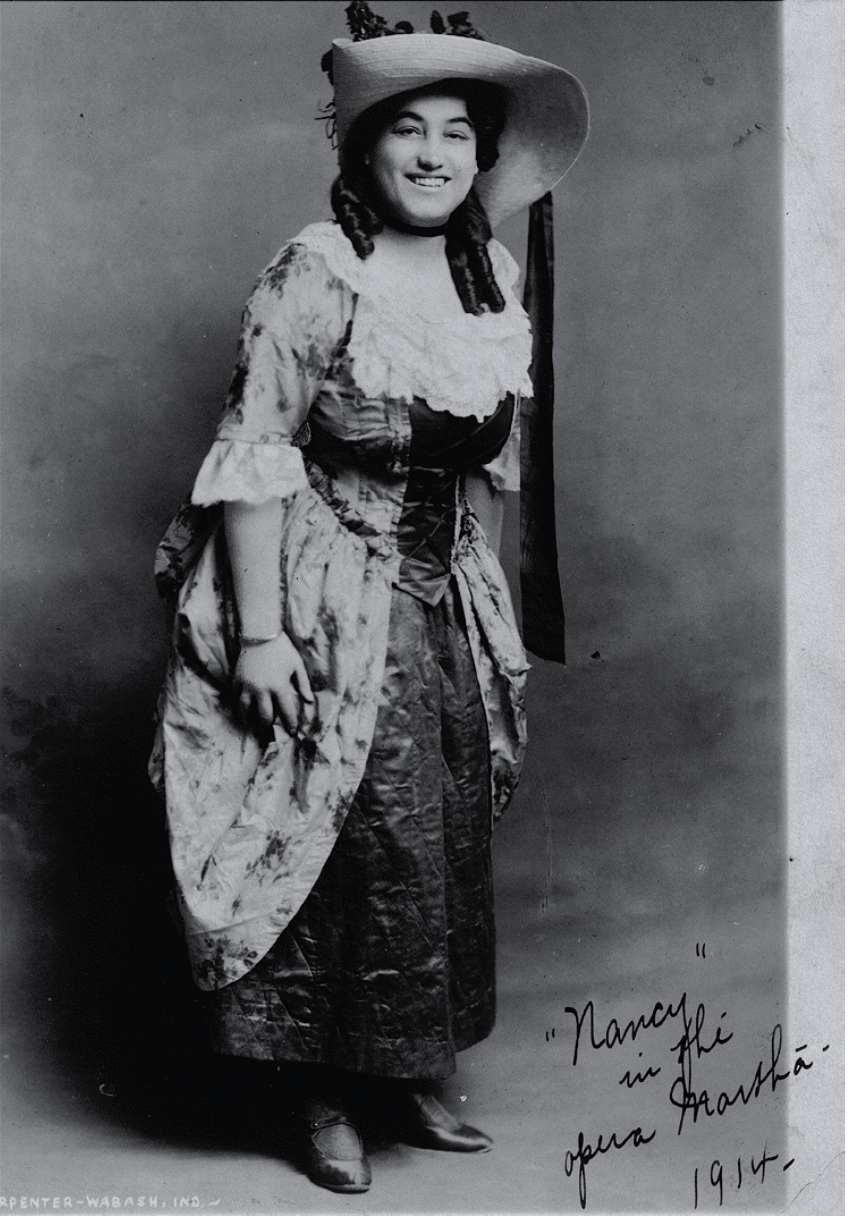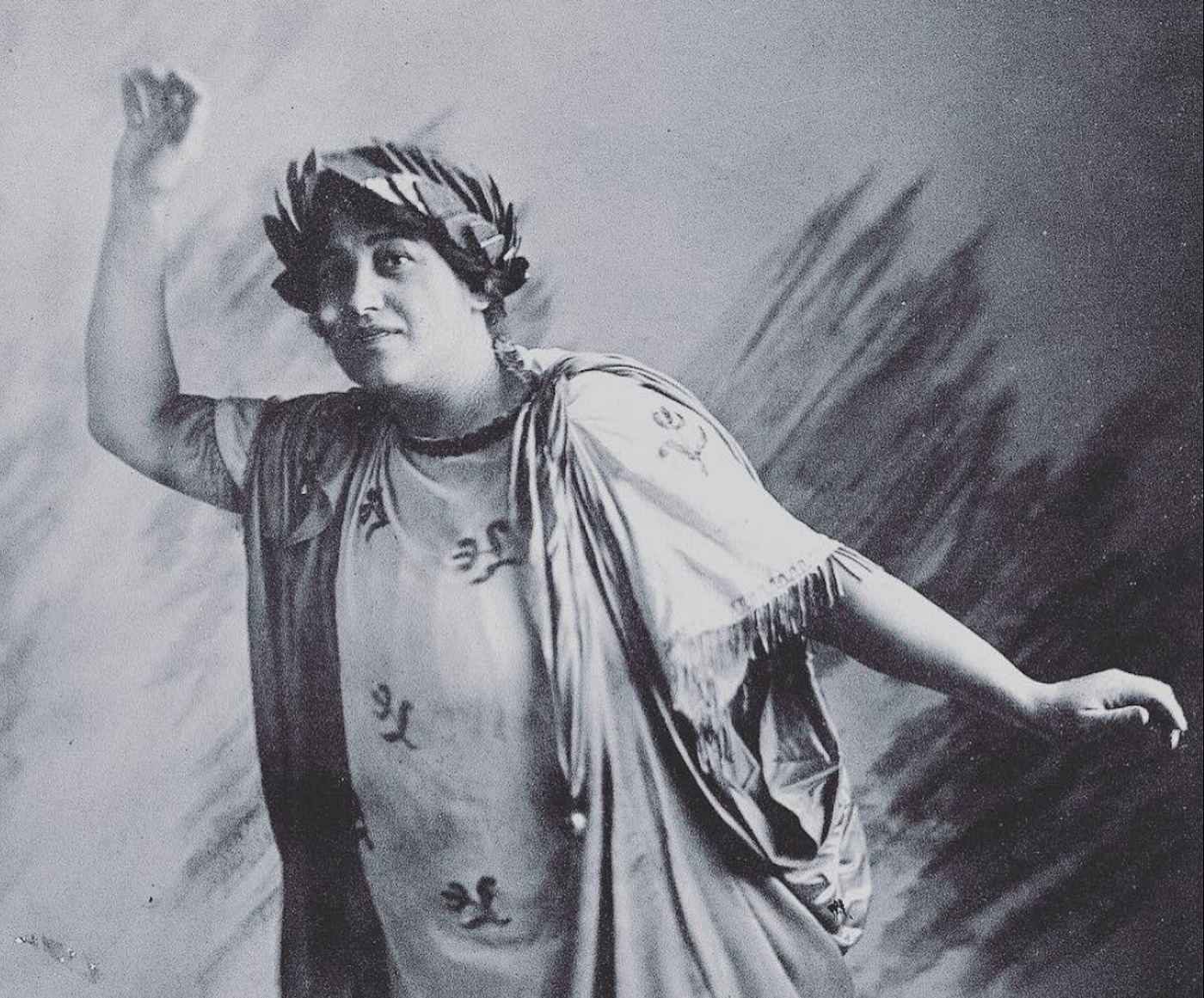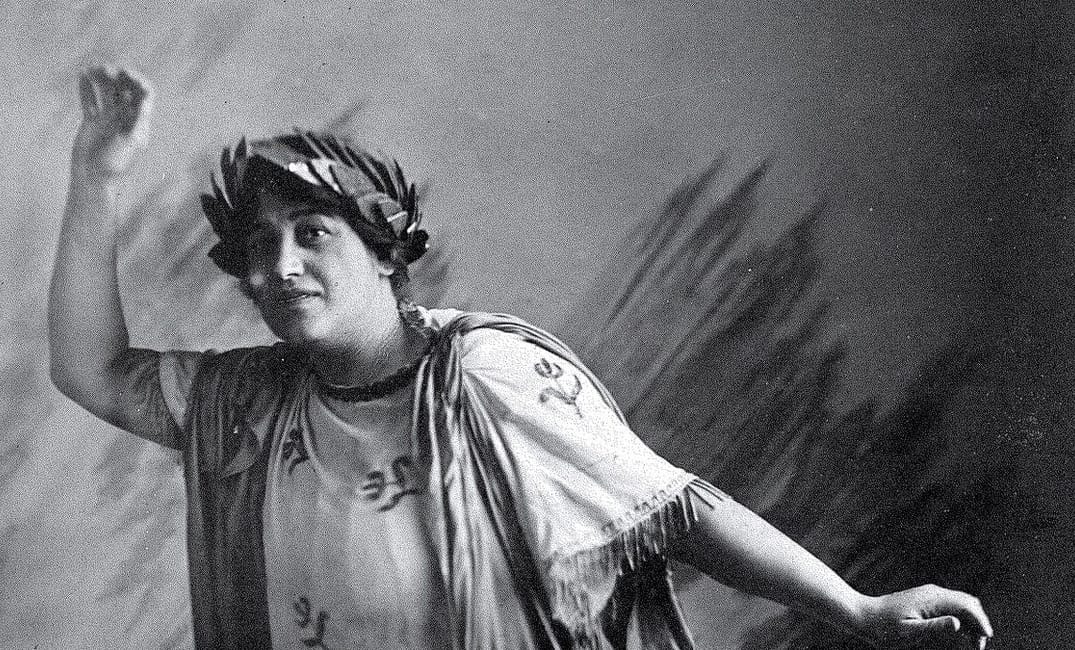
Belle Vengco has been telling everyone she can about her great-aunt Lydia. For the past eight months, she’s been sharing Lydia’s story all over the Bay Area, writing to cemeteries and chapels, contacting county offices and historical societies, and posting on social media. Her research is partly due to the fact that Lydia led an incredible life as a world-famous opera singer. It’s also because Lydia is missing.
“At this point, I just want to close the chapter for Lydia,” said 45-year-old Vengco. “She should be recognized; she made a huge contribution to Berkeley’s history and to musical history. I just don’t want her to be forgotten.”

The Bay’s Opera Star
Lydia Sturtevant was born in Bakersfield in 1876 to Charles Sturtevant and his Cuban wife, Lenora Valdes. Charles, who served in the Civil War and then as the US Consul in Havana, moved his family to the Bay Area in 1875 to take over as the editor of a Spanish newspaper.
“At this point, I just want to close the chapter for Lydia … I just don’t want her to be forgotten.”
Sturtevant’s father took the family to Cuba more than once, allowing the young girl to learn Spanish at an early age. She was, however, a shy child and didn’t discover her love for singing until a classmate suggested she perform in a school musical. She was hooked. An October 1929 Berkeley Gazette article quotes her as saying that she was singing “before [she] knew how to talk.” The young teen’s first performance came in a San Francisco production of the play Trilby. Audiences were enamored with her voice, in part because she was a rare contralto, the lowest female voice. At age 16, her family moved to Berkeley, and soon after, her career took off.
Before she turned 18, Sturtevant left for Italy to learn Italian and train as an opera singer. She then lived in Germany, adding a fourth language to her repertoire. Her official debut came in 1896 while playing the lead role in Verdi’s Il Trovatore for the Milan Opera Company. Shortly after, she fell in love and married a musician she met on tour named Oscar R. Sterling in 1900.
Over the following decade, she toured the US and Europe, performing in lead roles. Amid this burgeoning global career, Sturtevant ended her short marriage to Sterling. According to a newspaper blurb about their divorce filing with the headline “Ambitious for Career,” Sturtevant “informed [Sterling] that it would be more satisfactory to her if he would leave her, as she desired to continue her musical course.” And continue she did — she performed in the Royal Grand Opera in London, the Munich Opera Company in Germany, the Royal Opera Company of Berlin and at Berkeley’s newly built Greek Theater on one of her brief stops home. Her most popular role, which she played many times over the years, was the lead in Gluck’s Orpheus.

But as quickly as her global tour took off, she abruptly returned to Berkeley for good after her parents’ deaths in 1907 and 1909. In her 30s and with her first marriage over, Sturtevant’s local celebrity endured. Her return to Berkeley was written about in local newspapers, which described her career as “a source of pride to the colony of artists and musicians in the college town.” She frequently performed around the Bay Area, including at San Francisco’s Tivoli Opera House, in Berkeley at the Greek Theater and in Oakland at Piedmont Park, as well as in many other cities around the US. She started teaching music at UC Berkeley around the time of her parents’ deaths and also opened her own business—a singing studio in the Elks Building at 2168 Shattuck Avenue.
In 1908, an early love came back into her life: August Vollmer. She first met him on a playground in Berkeley as a teen. She liked him, but he was dating someone else. Decades later, as an adult, they met again when she was vacationing at Camp Vacation, a spot where the Russian River was said to be “cursed.”
“She said ‘Screw that’ and swam it anyway,” Vengco told me. Whether due to cursed waters or bad luck, Sturtevant suffered from cramps mid-swim and nearly drowned, only to be saved by Vollmer. The two married three years later, and Vollmer went on to become the first chief of police in Berkeley — quite the power couple. Their romance, marriage and even their return from their honeymoon were publicized in local papers.

Their respective careers caused them to grow apart, though, and they separated in 1915, divorcing five years later. Sturtevant’s life, however, only got richer. She kept up her singing studio on Shattuck and took on the pioneering role of manager and director of Berkeley’s radio station, KRE, often holding soirees and “musicales” at her studio and performing on-air. On top of that, she served as one of the first members of the Sierra Club in the early 1900s. Headlines from the time tell of her daring adventures, including descending a crumbling volcano crater and killing a rattlesnake “as big as one of the famous Sequoia trees” and bringing it home as a trophy.
By her mid-50s, Sturtevant’s health declined, and she went into seclusion in a new home in San Anselmo. In 1938, at age 62, the world-famous opera singer, business owner, teacher, media pioneer and adventurer died in a Berkeley hospital.
“It’s just amazing,” Vengco said of her great-aunt’s life. “I want to be this woman!”
The Search for Aunt Lydia
Growing up, Vengco had always known great-aunt Lydia’s name. As a young child in Manila, Philippines, she would point to the family photos and ask, “Who is that white woman?” A famous opera singer, she was told, and the sister of her great-grandfather, Carlito.
“I kept asking myself, ‘Where is she buried? Where could she be buried?’”
Vengco now works as a biologist and recently moved to San Francisco from New Jersey to be closer to family. Eight months ago, after a reunion, she decided it was time to learn more about the people she grew up seeing in black-and-white photographs. She began extensive research, tracing the Sturtevants all the way back to Massachusetts on one of the follow-on ships to the Mayflower.
She then painstakingly pieced the family’s story together, finding out where each member was buried. All except for Lydia.
“The only thing it says on her death certificate is that she was cremated, but it doesn’t say anything about where she was interred,” said Vengco. The hunt was on. “I kept asking myself, ‘Where is she buried? Where could she be buried?’”
Vengco contacted and visited every cemetery, chapel and mausoleum she could in the East Bay. She tried local historical and heritage societies, the genealogical society and more. A source suggested she try Sunset View Cemetery in El Cerrito. Finally, a lead. They told Vengco they had Sturtevant, sure — just not anymore.
Sturtevant’s sister, Nan, had built a life for herself in Hawaii. Vengco learned that Nan came to Berkeley in the last years of Sturtevant’s life to care for her, and in 1939, about a year after her sister’s death, Nan brought the cremains back with her to Hawaii. After Nan died in 1953, the trail goes cold.

Vengco’s next theory was that Nan’s final resting place would lead her to the sister. Nan curiously decided to be buried in Oakland’s Mountain View Cemetery, despite her years spent living in Hawaii. Perhaps, Vengco thought, Nan wanted to be buried with family. Maybe Lydia’s urn was hiding quietly next to her. The Mountain View Cemetery staff had a unique way of checking for her. They pulled out a drawing of the tomb — they keep drawings of every single mausoleum. But it was another dead end. Nan was buried alone.
Vengco’s next theory is that Sturtevant’s will might point her in the right direction. She’s somewhat at a loss for how to find it, but she’s determined to start with the Alameda County clerk records. All she knows is that she’s not done looking.
“She’s the only one that I’m looking for. The only one left,” Vengco said. “I’m running out of ideas. I’m afraid that at one point, her ashes were scattered. I want a place that we can go to and give her respect and honor. So Berkeley won’t forget her.”
[Much of the information about Lydia’s life was sourced from archives of the Berkeley Daily Gazette and Willard M. Oliver’s article about Lydia written for the winter 2019 newsletter of the Berkeley Historical Society.]







